Keeping birds as pets brings joy and companionship, but sometimes presents unique behavioral challenges that can test even the most patient caregiver. From ear-piercing vocalizations that disturb the entire household to painful nips and bites that leave marks, difficult bird behaviors can transform a peaceful home into a stressful environment. These behaviors aren’t simply random acts of aggression or annoyance—they represent complex communications from intelligent animals attempting to express needs, boundaries, or distress. Understanding and addressing these challenging behaviors requires patience, consistency, and knowledge about avian psychology. Whether you’re struggling with a macaw that screeches throughout the day or a cockatiel that seems determined to use your fingers as chew toys, this guide will provide practical strategies to identify triggers, modify environments, and build trust with your feathered companion.
Understanding the Root Causes of Difficult Bird Behavior

Birds rarely display problematic behaviors without underlying reasons, making it essential to understand the root causes before attempting solutions. Many difficult behaviors stem from natural instincts—screaming mimics communication calls in wild flocks, while biting represents a defensive mechanism against perceived threats. Environmental factors like inadequate cage size, lack of enrichment, improper lighting, or inconsistent routines can significantly increase stress and trigger unwanted behaviors.
Health issues, including pain, nutritional deficiencies, or hormonal changes, may manifest as sudden behavioral changes, making veterinary assessment crucial when new problems emerge. Additionally, many companion birds are highly sensitive to household dynamics, with relationship changes, new pets, or altered routines potentially triggering anxiety that presents as problematic behavior.
Decoding Screaming: Why Birds Vocalize Excessively

Excessive vocalization ranks among the most common and challenging bird behaviors for owners to manage effectively. While all birds naturally vocalize as part of their communication patterns, problematic screaming typically occurs when birds learn that loud noises successfully attract attention or achieve desired outcomes. Morning and evening screaming often represents natural “flock calls” as birds instinctively communicate at dawn and dusk when wild flocks would typically gather.
Boredom and understimulation frequently trigger screaming sessions, as intelligent species like African Greys and cockatoos require mental engagement to prevent frustration-based vocalizations. Some birds also scream during specific triggers—when owners leave the room, when strangers enter the home, or when they feel territorially threatened—making context analysis essential for addressing the behavior effectively.
The Psychology Behind Biting Behavior in Pet Birds

Biting represents a complex communication method that birds employ when other signals have failed or when they feel threatened. Birds typically display a progression of body language before biting—pinned pupils, raised feathers, open beak, or body lunging—which observant owners can learn to recognize as warning signs. Territorial aggression commonly triggers biting, particularly during breeding seasons when hormonal changes heighten protective instincts around cages, favorite perches, or bonded humans.
Fear-based biting occurs when birds feel cornered or threatened, such as during handling attempts they’re uncomfortable with or when exposed to feared stimuli. Some birds develop learned biting behaviors when they discover that nipping effectively removes unwanted hands from their space or terminates uncomfortable interactions, essentially teaching them that biting “works” to achieve desired outcomes.
Creating an Environment That Reduces Problem Behaviors
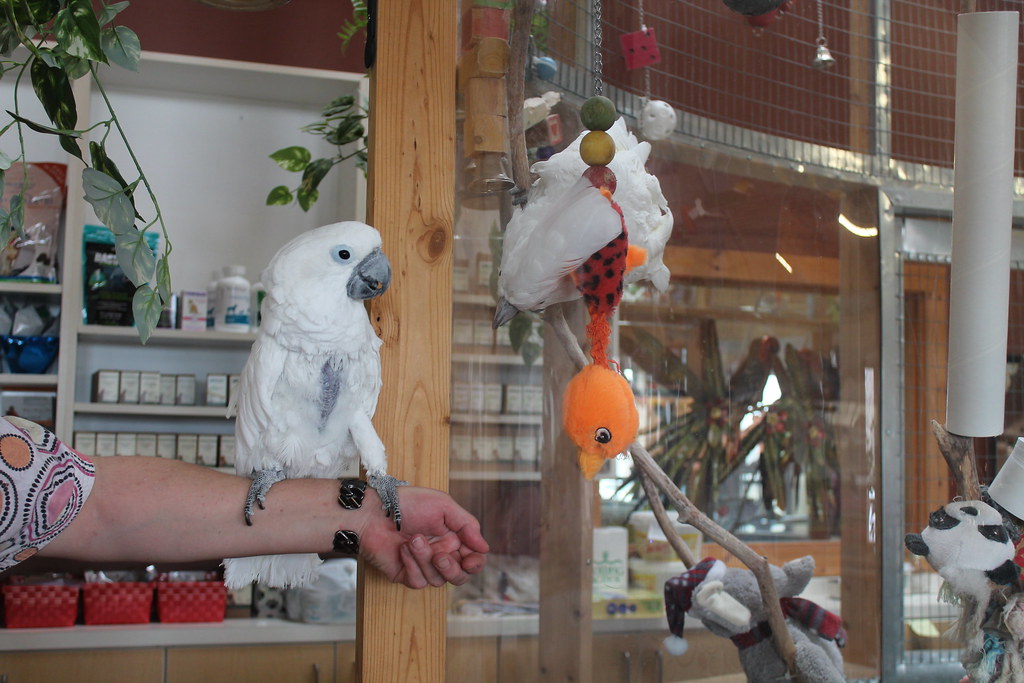
Environmental modifications represent the first and often most effective intervention for difficult bird behaviors. Ensuring appropriate cage size with adequate room for wing-stretching, climbing, and exploration prevents frustration-based behaviors that emerge from confinement stress. Proper placement matters significantly—cages positioned at eye level rather than below provide birds with security, while locations that offer both social interaction and quiet retreat balance stimulation with rest.
Lighting affects bird behavior profoundly, with natural light cycles supporting healthy hormonal balance and reducing breeding-related aggression; full-spectrum lighting helps indoor birds maintain proper circadian rhythms. Environmental enrichment through rotating toys, foraging opportunities, and climbing structures provides mental stimulation that prevents boredom-based screaming and destructive behaviors, addressing the intelligence needs of these cognitively complex animals.
Effective Training Techniques for Reducing Screaming

Consistent training can significantly reduce problematic screaming through positive reinforcement principles. The most fundamental technique involves strategic attention management—immediately rewarding quiet vocalizations while systematically ignoring screaming episodes, which teaches birds that appropriate sounds achieve attention while screaming does not. Implementing “quiet cues” through consistent verbal commands paired with treats helps birds learn an alternative behavior to screaming.
Scheduled attention sessions prevent attention-seeking screams by providing regular, predictable interaction times that birds can anticipate. Teaching alternative vocalizations like whistling or appropriate words gives birds acceptable communication options, particularly effective with species that enjoy mimicry. Patience proves essential during this training process, as extinction bursts—temporary increases in screaming when the behavior stops working—commonly occur before improvement begins.
Building Trust to Minimize Biting Incidents

Trust-building forms the foundation for reducing biting behaviors in companion birds through consistent, respectful interactions. Implementing respect-based handling starts with always requesting permission before touching through extended hand cues, proceeding only when the bird displays receptive body language. Step-up training using positive reinforcement creates reliable handling routines that birds find predictable and non-threatening. Target training with clickers or verbal markers helps establish communication systems that bypass physical handling when birds feel uncomfortable.
For severely fearful birds, systematic desensitization through gradual exposure to triggering stimuli—slowly introducing hands, different people, or handling experiences while pairing them with positive outcomes—builds confidence over time. Building trust requires acknowledging that progress often occurs in small increments, particularly with birds that have experienced trauma or developed long-standing defensive behaviors.
Managing Hormonal Aggression in Companion Birds

Hormonal fluctuations trigger some of the most challenging bird behaviors, particularly in mature birds during breeding seasons. Environmental modifications can significantly reduce hormonal triggers, including limiting daylight hours to non-breeding season durations (10-12 hours maximum), removing nest-like spaces such as dark boxes or paper bags, and eliminating materials birds might perceive as nesting substrates. Diet adjustments play crucial roles in hormonal management, with reduced fatty seeds and increased fresh vegetables helping moderate hormone production in susceptible species.
Behavior boundaries become particularly important during hormonal periods—discouraging regurgitation behaviors, avoiding petting beyond the head and neck (which birds may interpret as mating behaviors), and maintaining consistent handling routines prevent reinforcing breeding behaviors. For birds with severe hormonal aggression, veterinary consultation regarding hormonal interventions may become necessary in extreme cases.
Species-Specific Approaches to Behavioral Challenges

Different bird species present unique behavioral challenges requiring tailored management approaches based on their evolutionary adaptations. Macaws, known for their impressive vocalization volume, benefit from scheduled outdoor time for natural calling and extensive foraging opportunities to channel their high energy and intelligence. Cockatoos, prone to screaming, feather destruction, and attachment issues, require extraordinarily consistent boundaries, extensive foraging enrichment, and careful attention to prevent over-bonding with single caregivers.
African Greys, sensitive to environmental changes and prone to phobic responses, thrive with predictable routines, cognitive enrichment like puzzle toys, and respectful handling that acknowledges their observant nature. Smaller species like cockatiels and budgerigars may develop territorial cage aggression, benefiting from neutral handling spaces and training sessions conducted away from their perceived territory.
The Role of Diet in Influencing Bird Behavior

Nutrition significantly impacts bird behavior, with dietary deficiencies or imbalances potentially manifesting as increased aggression, anxiety, or vocalization. Excessive sugar consumption from fruits or inappropriate treats can create energy spikes followed by irritability, similar to sugar effects in young children. Protein balance affects mood regulation, with inadequate protein potentially increasing irritability while excessive amounts may heighten aggressive tendencies in some species.
Essential fatty acids, particularly omega-3s found in small amounts of walnuts or flaxseed, support neurological health and may reduce anxiety-based behaviors when appropriately incorporated into diets. Vitamin deficiencies, especially in B-complex vitamins, can manifest as increased nervousness or reactivity, highlighting the importance of well-formulated pelleted diets supplemented with appropriate fresh foods for behavioral stability.
Addressing Phobias and Fear-Based Reactions

Fear-based behaviors require specialized approaches focusing on building confidence rather than merely suppressing reactions. Systematic desensitization provides the most effective technique for addressing specific phobias, gradually introducing feared stimuli (new people, objects, or experiences) at intensities low enough to prevent fear responses while pairing with positive experiences. Counter-conditioning reshapes emotional associations by connecting previously feared triggers with distinctly positive outcomes, such as favorite treats or activities.
Safe spaces within the home environment give birds security during unavoidable stressful situations, with partially covered cages or familiar perches serving as retreats during home maintenance, visitors, or other disruptions. For birds with severe or generalized anxiety, creating consistent daily routines provides predictability that significantly reduces baseline stress levels, establishing a foundation for addressing specific fears.
When and How to Seek Professional Help

While many behavioral challenges respond to owner-implemented strategies, some situations warrant professional intervention from specialists familiar with avian psychology. Veterinary behavioral consultations become necessary when behaviors emerge suddenly or dramatically change, potentially indicating underlying medical conditions that require treatment before behavioral approaches can succeed. Certified avian behaviorists offer specialized expertise for persistent problems, typically conducting in-home assessments to evaluate environmental factors and bird-caregiver interactions that may contribute to behavioral issues.
Remote consultation options have expanded accessibility to expert guidance through video sessions that allow specialists to observe interactions and environmental setups despite geographic limitations. The most successful interventions typically involve collaborative approaches between veterinarians, behavioral specialists, and committed caregivers implementing consistent daily modifications based on professional recommendations.
Ethical Considerations in Behavior Modification

Ethical behavior modification requires balancing effectiveness with bird welfare, avoiding techniques that cause stress or fear. Aversive methods like water spraying, loud noises, or physical punishment damage trust, potentially increase fear-based aggression, and fail to address underlying causes of problematic behaviors. Force-based handling like toweling for routine interactions (rather than necessary medical procedures) undermines trust-building efforts and reinforces negative associations with human interaction.
Appropriate expectations regarding species-typical behaviors prevent frustration for both birds and caregivers—some vocalizations remain normal regardless of training, and natural behaviors like chewing require appropriate outlets rather than suppression. Ethical approaches focus on understanding communication attempts behind problem behaviors, providing appropriate alternatives, and creating environments where birds can express natural behaviors in acceptable ways.
Long-Term Management and Realistic Expectations

Successfully addressing difficult bird behaviors requires commitment to ongoing management rather than expecting permanent “cures” for instinctive tendencies. Consistency between household members proves essential for lasting improvement, with all caregivers following identical handling protocols, reward systems, and boundary enforcement to prevent confusion. Environmental enrichment requires regular refreshing through toy rotation, novel foraging challenges, and varied social interactions to maintain mental stimulation that prevents reemergence of problem behaviors.
Realistic expectations acknowledge that natural behaviors will periodically intensify during seasonal changes, environmental disruptions, or developmental stages, requiring flexible adaptation of management strategies. The most successful bird-human relationships balance accepting natural avian characteristics with creating boundaries that allow harmonious coexistence, recognizing that these intelligent, sensitive creatures communicate their needs through behaviors we must learn to understand rather than simply suppress.
Birds with challenging behaviors require patience, understanding, and consistent application of positive behavior modification techniques. By recognizing that screaming and biting represent communication attempts rather than deliberate misbehavior, caregivers can develop effective strategies tailored to their specific bird’s needs. Environmental modifications, trust-building, appropriate enrichment, and respect for natural behaviors form the foundation for improvement. While perfect behavior may remain an unrealistic goal for these complex wild animals living in human homes, the bond that develops through compassionate, knowledgeable management of difficult behaviors creates rewarding relationships that honor both human needs and avian nature. With commitment to understanding the language of birds through their behaviors, many seemingly problematic birds transform into cherished companions whose occasional screams or nips become minor considerations in otherwise harmonious relationships.


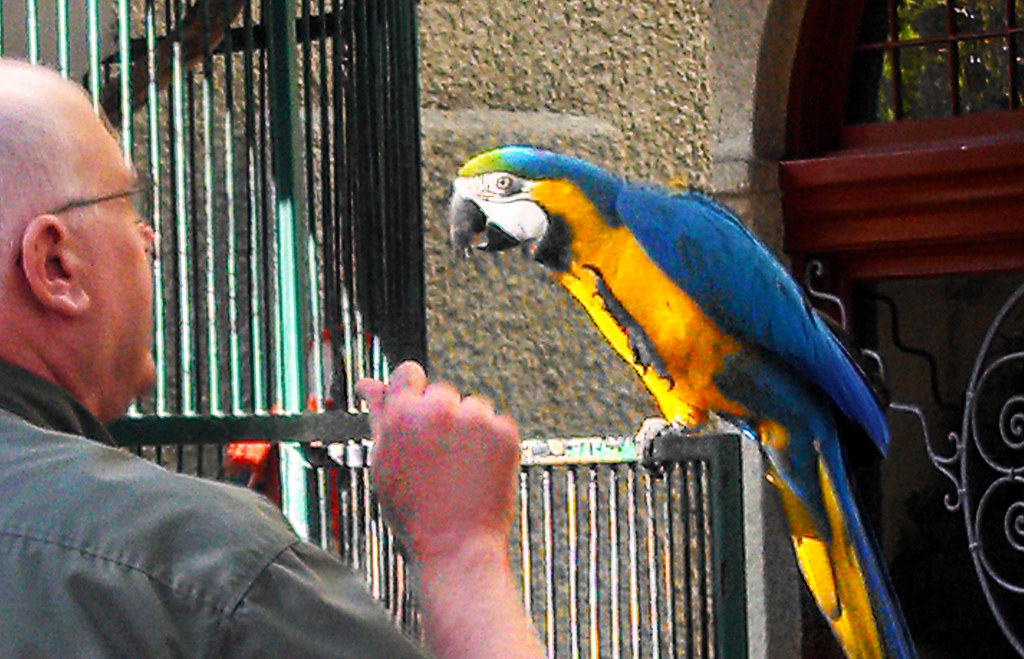
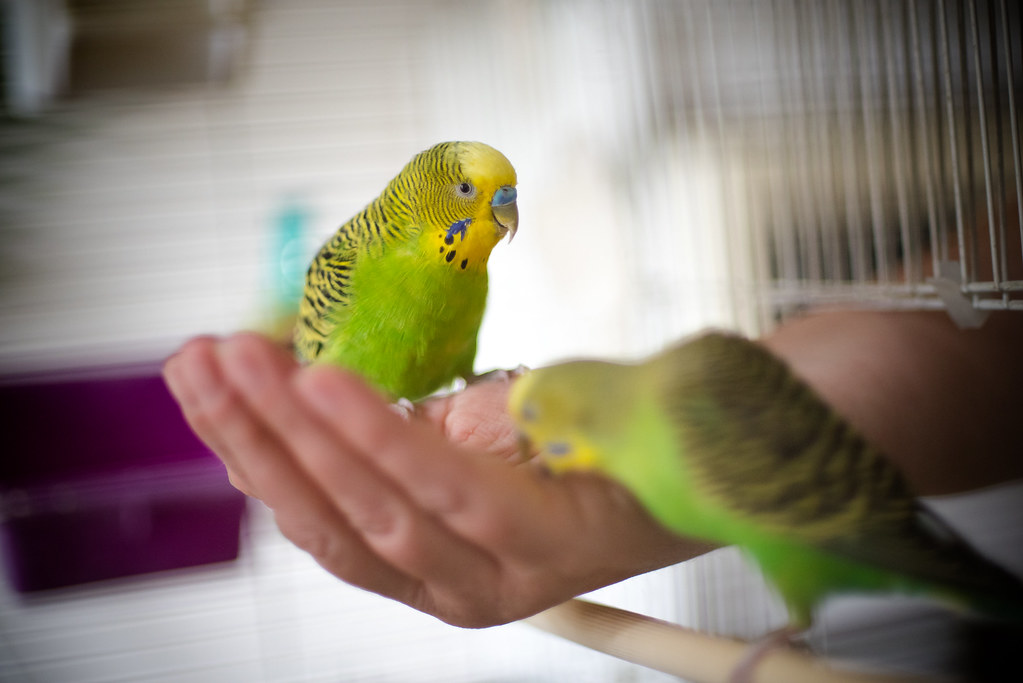
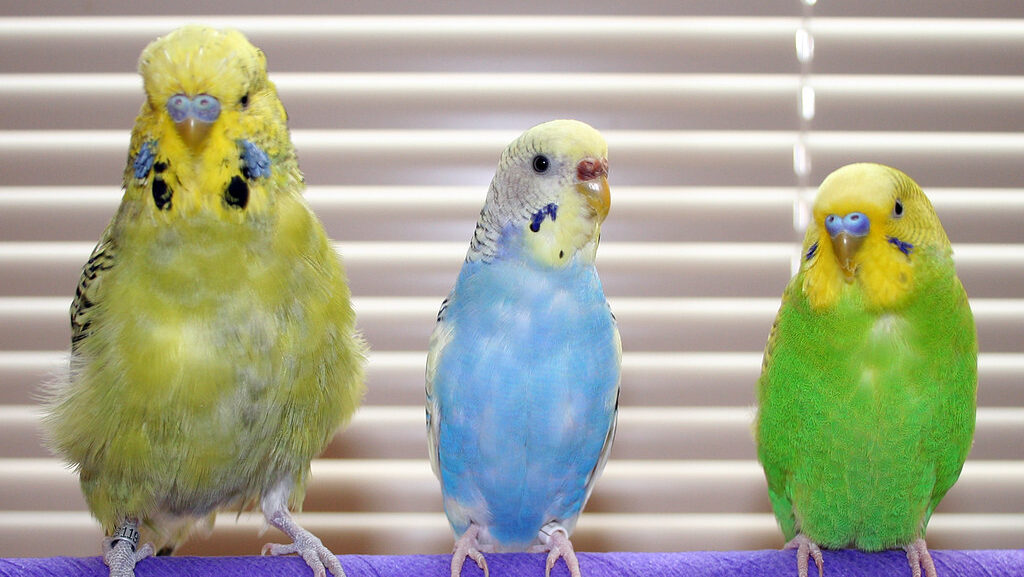
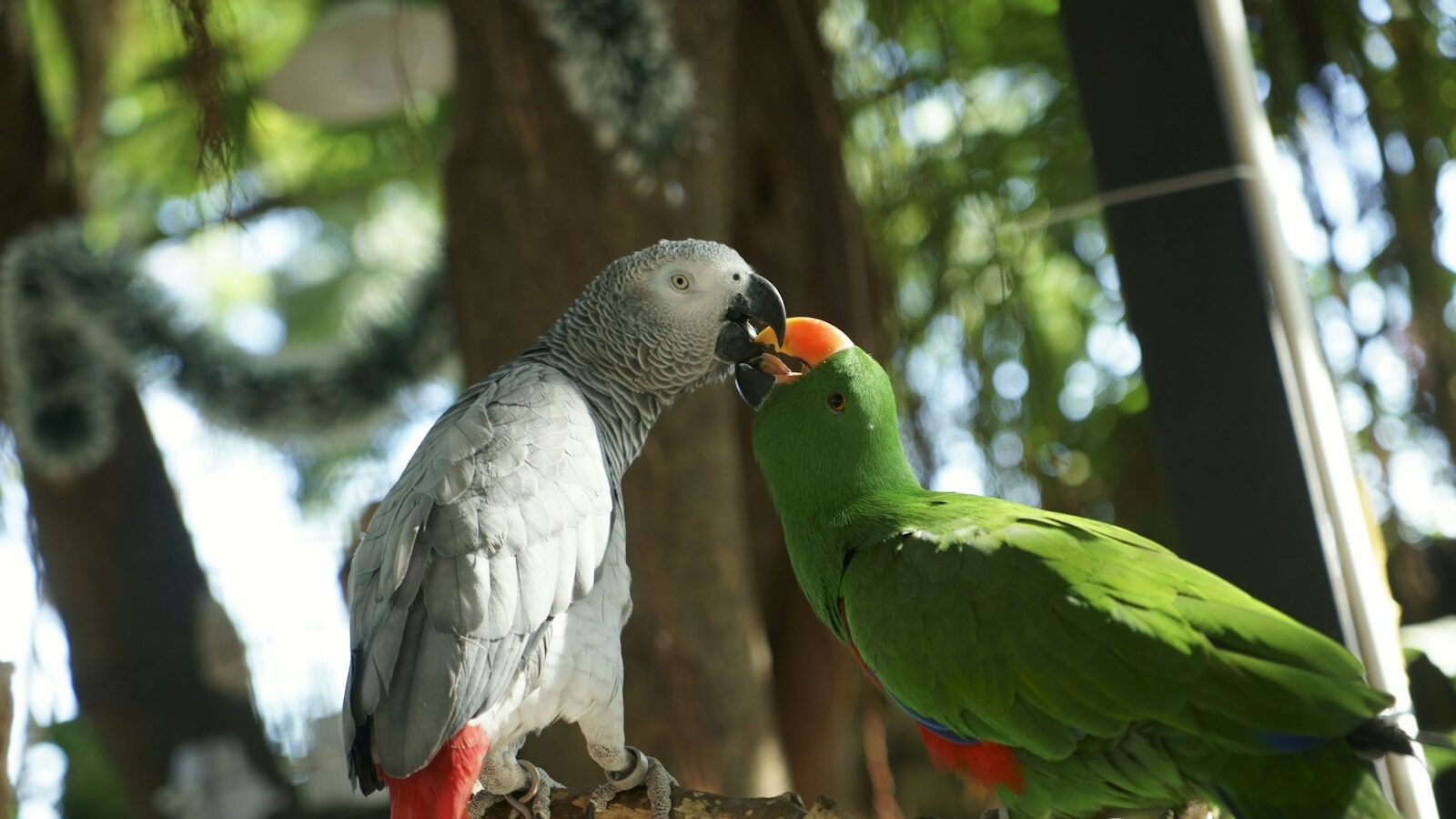
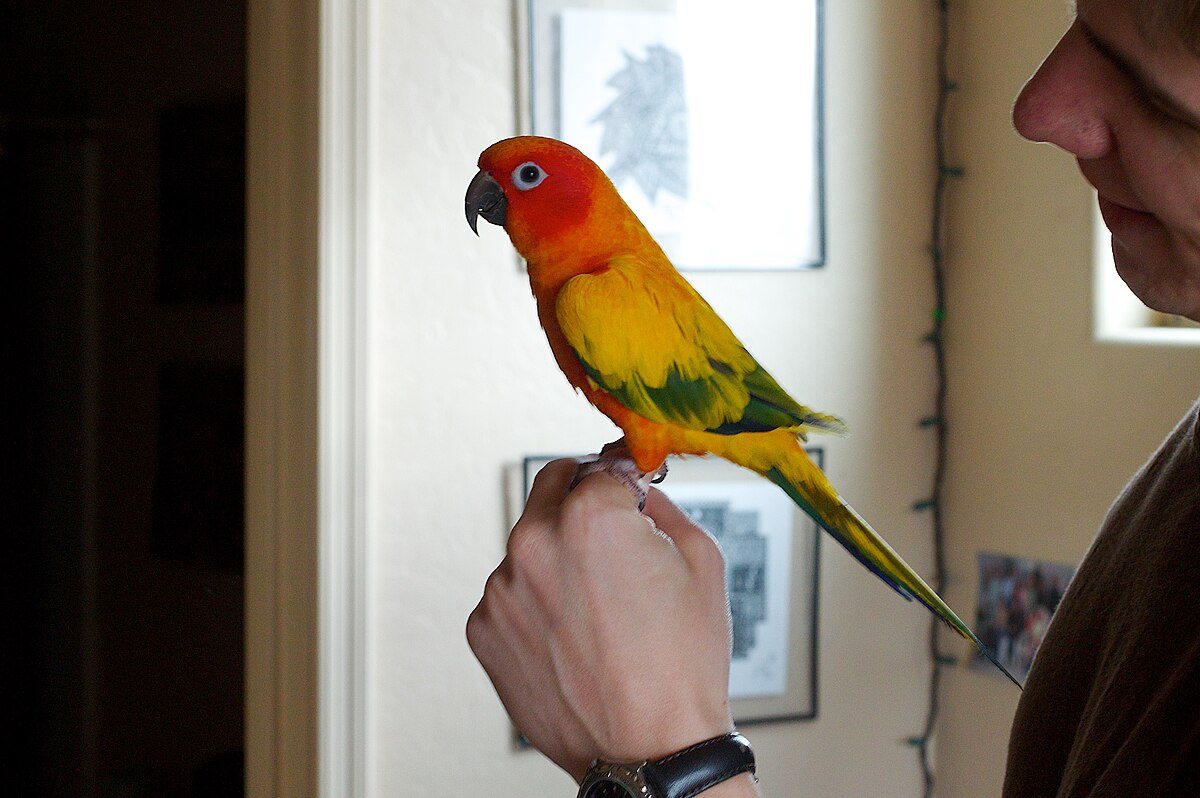
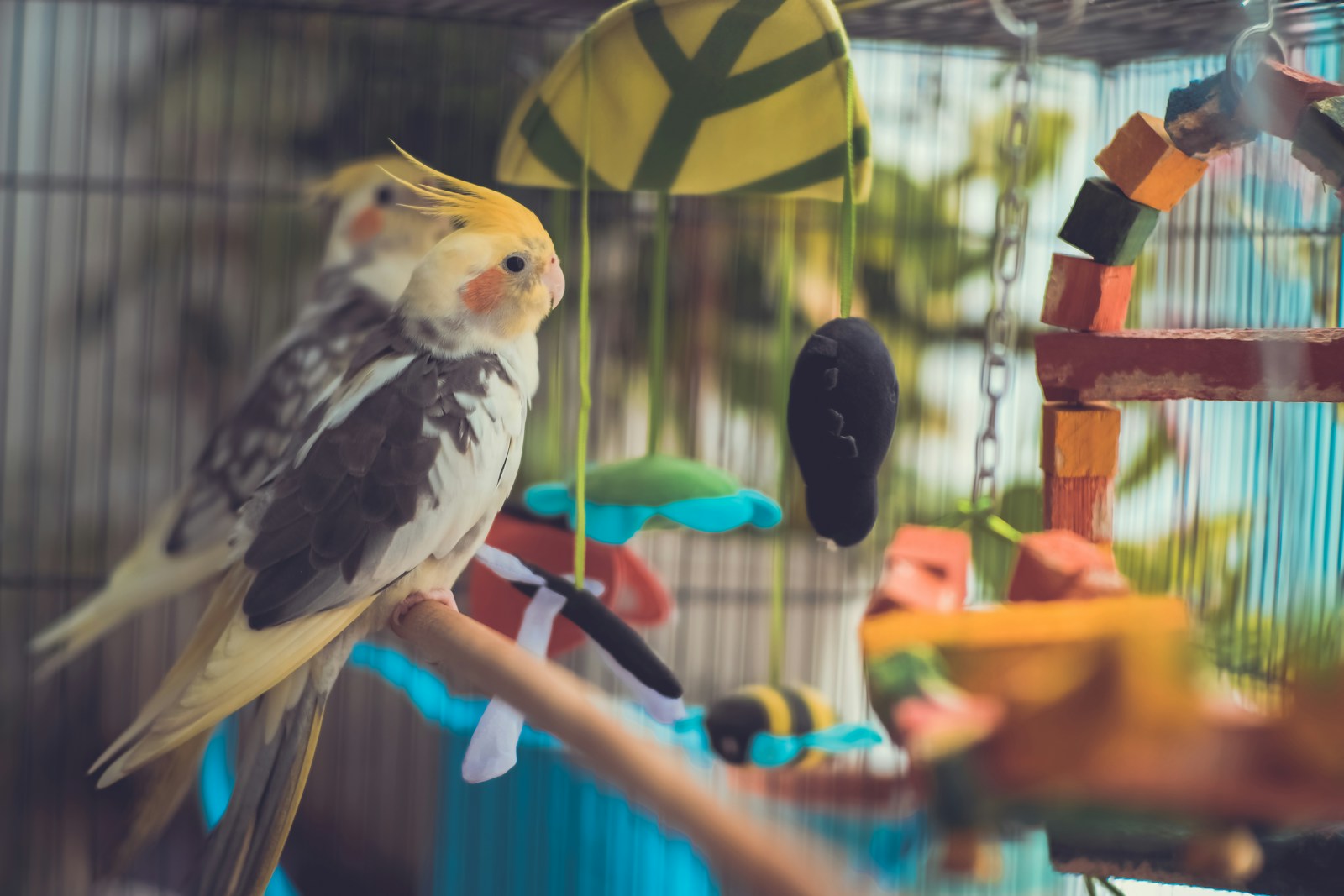
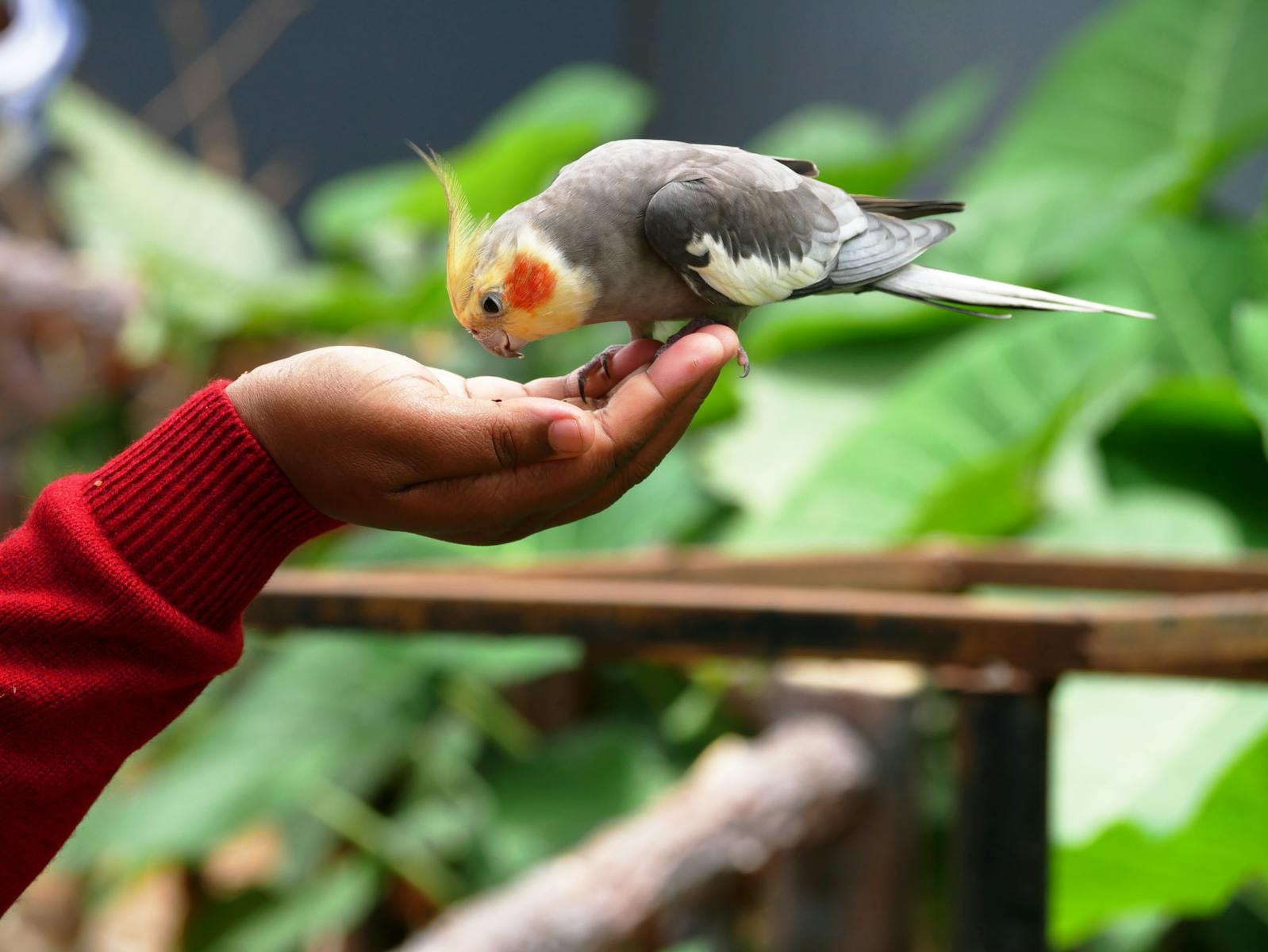
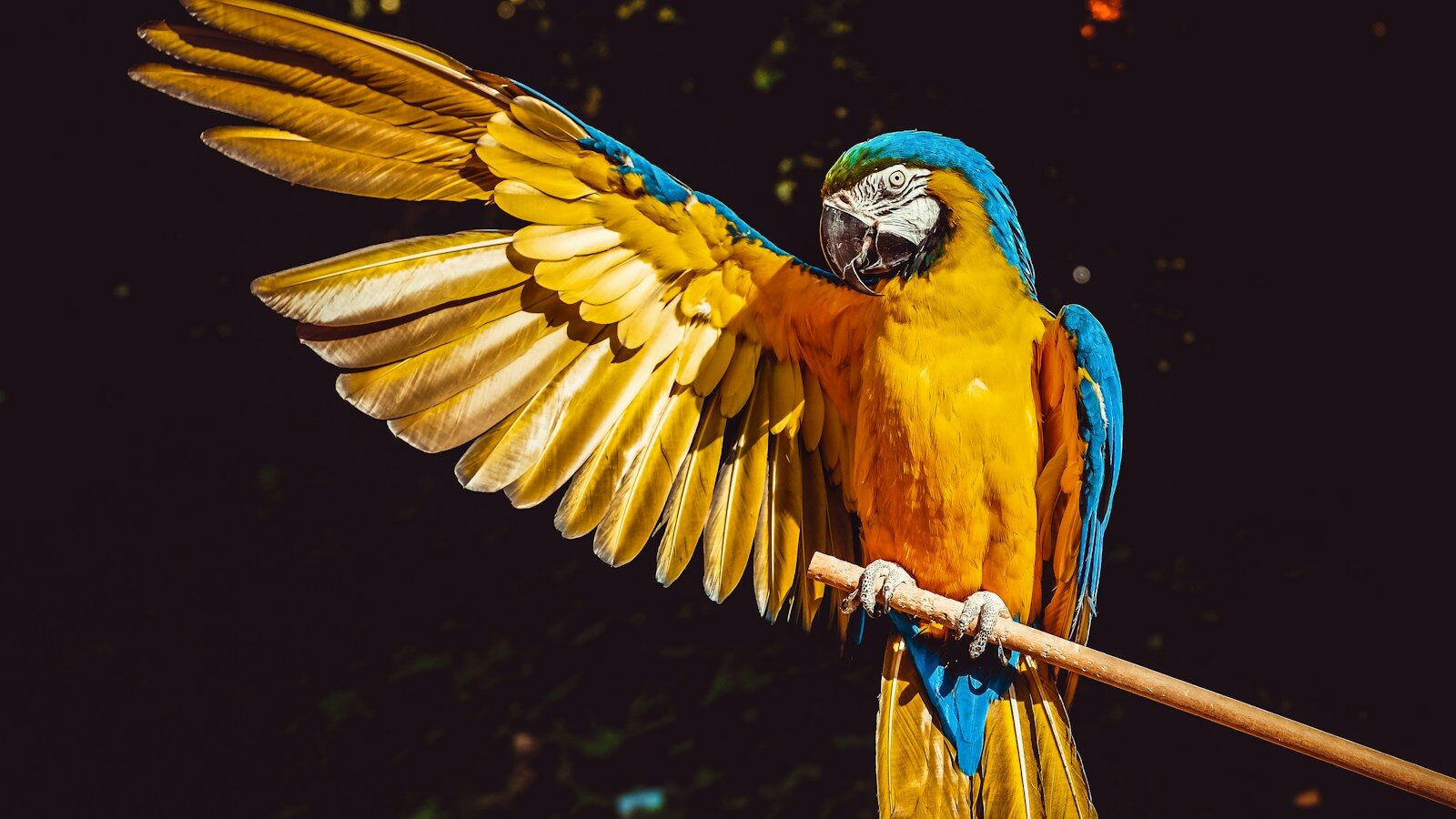




Leave a Reply